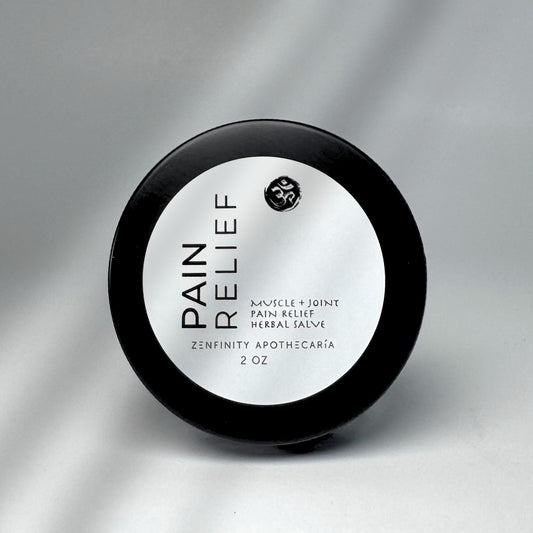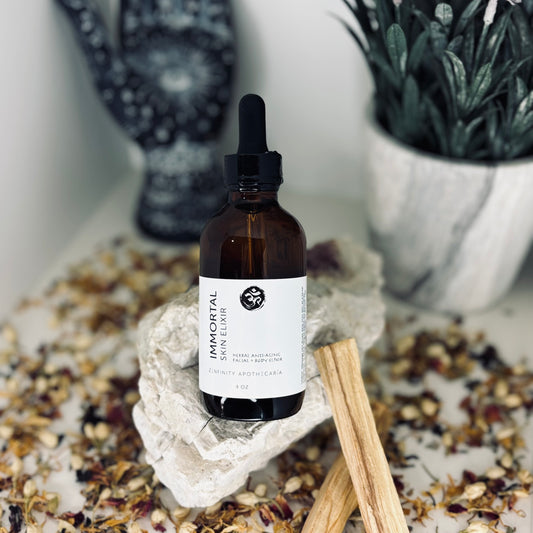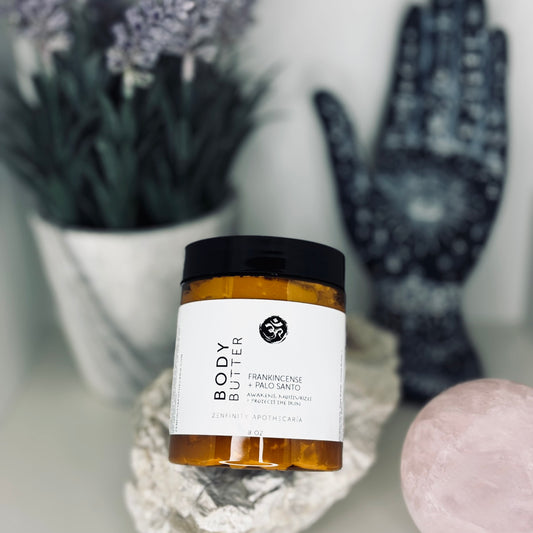As interest in holistic wellness continues to expand, more people are turning to ancient, earth-centered practices that support not just physical health, but emotional clarity and spiritual well-being. One such ritual experiencing a resurgence in modern times is smudging—a simple yet profound ceremony rooted in Indigenous traditions, used to cleanse energy, invite clarity, and deepen connection.
But what is smudging, and how does it work? Whether you’re new to the practice or looking to deepen your understanding, this guide offers a grounded introduction to the sacred art of smudging—and the many types of sacred herbs used in the process.
What Is Smudging?
At its heart, smudging is the act of burning sacred herbs or resins and using the smoke to cleanse a person, space, or object of stagnant or unwanted energy. It’s an intentional ritual that bridges the physical and spiritual, helping to clear the air—literally and energetically—while calling in peace, clarity, and protection.
This practice has deep roots in many Indigenous cultures of North and South America, where it’s traditionally used for healing, ceremony, and spiritual purification. While smudging is sacred and not to be appropriated or commercialized, people from many walks of life are now respectfully incorporating smoke cleansing into their personal wellness and mindfulness routines.
Why People Smudge
Smudging is often used:
-
To cleanse a new space or prepare for ceremony
-
After conflict, illness, or emotional stress
-
Before meditation, journaling, or healing work
-
To release stuck energy or emotional heaviness
-
To reset intentions and create sacred space
Just like you might open a window to bring in fresh air, smudging offers a way to refresh your environment and inner world on an energetic level. The aromatic smoke acts like an energetic broom, sweeping away what no longer serves and inviting in what nourishes and heals.
Signs You Might Need Smudging
While smudging can be a beautiful daily or weekly ritual, there are moments when it can feel especially supportive. You may feel called to smudge if:
-
A room feels heavy or “off,” even after cleaning
-
You’ve had a stressful interaction or argument
-
You’re feeling drained, anxious, or scattered
-
You’re about to start a new chapter or intention
-
You’ve been in crowded or emotionally charged spaces
-
You’ve brought home antique, secondhand, or gifted items
These are energetic cues that your environment—or your own field—might need gentle clearing and rebalancing. Smudging can help restore a sense of harmony and grounded presence.
Common Types of Smudging Herbs & Blends
There are many sacred plants used in smudging, each with unique energies, aromas, and purposes. Choosing the right herb often depends on your intention for the ritual.
White Sage
Cleansing | Purification | Protection
One of the most well-known smudging herbs, White Sage (Salvia apiana) has a strong, earthy scent and is often used to deeply cleanse spaces of heavy, stuck, or negative energy. It’s excellent for energetic resets, though it’s important to source White Sage ethically and sustainably, honoring its sacred Indigenous origins.
Black Sage (Mugwort)
Dreamwork | Intuition | Inner Vision
Known for its grounding and mysterious energy, Black Sage is often used to support dream recall, inner work, and divination. Its smoky aroma is ideal before bedtime or meditation, helping to activate the third eye and deepen intuitive awareness.
Blue Sage
Gentle Cleansing | Wisdom | Tranquility
A softer alternative to White Sage, Blue Sage has a floral, light scent and is often used for general blessings, spiritual strength, and emotional healing. It’s ideal for those who want to smudge more frequently without the intensity of White Sage.
Eucalyptus
Clarity | Breath | Vitality
With its invigorating and clearing scent, Eucalyptus is wonderful for refreshing the mind, uplifting mood, and supporting respiratory wellness. It’s especially useful during times of fatigue or emotional congestion.
Lavender with Rosemary & White Sage
Calm | Focus | Feminine Energy
This soothing blend brings together the cleansing power of White Sage with the calming floral notes of Lavender and the sharp clarity of Rosemary. It's perfect for setting intentions, creating sacred space, or preparing for meditation or rest.
Orange with Cinnamon and White Sage
Joy | Creativity | Warmth
A festive, brightening blend, this combination awakens the senses and energizes the spirit. Orange lifts the mood, Cinnamon adds protective warmth, and White Sage purifies. Great for morning rituals or creative work.
Yerba Santa and White Sage
Healing | Self-Love | Boundaries
Yerba Santa is traditionally used for emotional healing and heart-centered rituals. Combined with White Sage, this blend is powerful for releasing grief, building boundaries, and cultivating self-love and resilience.
Palo Santo
Blessing | Grounding | Connection to Spirit
Known as “Holy Wood,” Palo Santo comes from South America and has a sweet, citrus-wood aroma. Unlike loose herbs, it is often burned as small sticks. Palo Santo is used to attract positive energy and deepen spiritual connection rather than cleanse negative energy.
How to Smudge
Smudging is a simple ritual, but its effects are most profound when performed with mindfulness, respect, and intention. Here’s a gentle guide to creating your own smudging practice:
-
Open a Window or Door
Before you begin, open at least one window or door. This is not only for ventilation—it creates a pathway for dense, stagnant, or negative energy to leave the space. Think of it as an energetic release valve, allowing what no longer belongs to be carried away. -
Set a Clear Intention
Center yourself. Take a few deep breaths and gently tune in to why you’re smudging. Silently or aloud, speak your intention—such as:-
“I release all stagnant or negative energy from this space.”
-
“May all that is heavy be lifted, and may peace return.”
-
“I ask that any negative energy be transformed into light, love, and clarity.”
-
You may also choose to call upon spiritual support, such as your higher self, ancestors, or angelic guides. If it resonates with you, gently invite in divine assistance by saying:
-
“I call upon the angels of light to surround this space and support this clearing.”
-
“Archangel Michael, please protect and purify this space with your presence.”
-
Light Your Herb or Stick
Using a candle or match, light your smudge bundle or Palo Santo stick. Let it catch flame briefly, then blow it out gently, allowing it to smolder and release smoke. You don’t need thick clouds—gentle, aromatic smoke is enough. -
Cleanse Yourself First
Begin by wafting the smoke around your own body. Start at your feet and slowly move upward to the crown of your head. This clears your personal field before you engage with your space. Use your hand, a feather, or a fan to guide the smoke. -
Smudge Your Space or Objects
Walk slowly and mindfully through your space, moving in a clockwise direction (the direction of life and creation). Gently waft the smoke into corners, across thresholds, and around windows—places where energy tends to gather. You may also smudge objects like crystals, tools, or furniture, especially if they’ve been used for emotional or healing work. -
Speak Your Intention Again (Optional but Powerful)
As you move through each room or area, you might repeat your intention or a mantra such as:-
“With this smoke, I cleanse and bless this space.”
-
“I release what no longer serves and welcome peace and light.”
-
“May all energies not of love be transformed and returned to the Earth.”
-
-
Extinguish Safely and Offer Gratitude
When you’ve completed the ritual, gently press the smudge stick into sand, earth, or a fire-safe bowl to extinguish the embers. Close the practice by offering a simple prayer or moment of gratitude to the plant spirits, the smoke, your home—and any guides, angels, or energies you called upon.
Note: Always smudge with care, never leave burning herbs unattended, and use a fireproof vessel to catch ashes. If you’re sensitive to smoke, herbal sprays made with essential oils or floral waters can be a beautiful alternative.
Is Smudging Spiritual or Cultural?
Smudging is both a spiritual and cultural practice, deeply rooted in the ceremonial traditions of many Indigenous peoples—particularly among Native American and First Nations communities. For these cultures, smudging is not just a wellness ritual—it is sacred, ceremonial, and often tied to lineage, land, and ancestral wisdom.
Because of this, it’s important to approach smudging with reverence and cultural awareness, especially when using herbs like White Sage or Palo Santo, which hold specific spiritual significance. Always seek to source your herbs sustainably and ethically, supporting Indigenous growers and artisans when possible.
At the same time, the act of energy cleansing with smoke is not exclusive to any one tradition. Cultures around the world—including in Africa, Asia, Europe, and South America—have long used incense, resins, and herbs for spiritual purification. From burning frankincense in churches to using copal in Mesoamerican rites, the use of sacred smoke is a universal language of reverence and release.
Anyone, regardless of background or belief system, can incorporate smudging or smoke cleansing into their personal spiritual or wellness practice—as long as it's done with respect, mindfulness, and a heart-centered intention.
Whether you're rooted in a particular faith or follow an eclectic spiritual path, smudging can serve as a powerful, non-denominational way to clear energy, set intentions, and return to presence. The focus is not on who you are or what you believe, but on how you show up—with humility, integrity, and gratitude for the medicine of the Earth.
A Return to Sacred Space
In a world that often feels fast, cluttered, and energetically overwhelming, smudging offers a simple yet profound way to slow down, reconnect, and realign. Whether you use White Sage to clear heavy emotion, Palo Santo to center before meditation, or Lavender to invite peace before sleep, smudging can be a nurturing companion on your path to wholeness.
By creating sacred space—within and without—we remind ourselves that healing doesn’t always come from doing more. Sometimes, it comes from releasing what’s ready to go and allowing ourselves to simply be.





